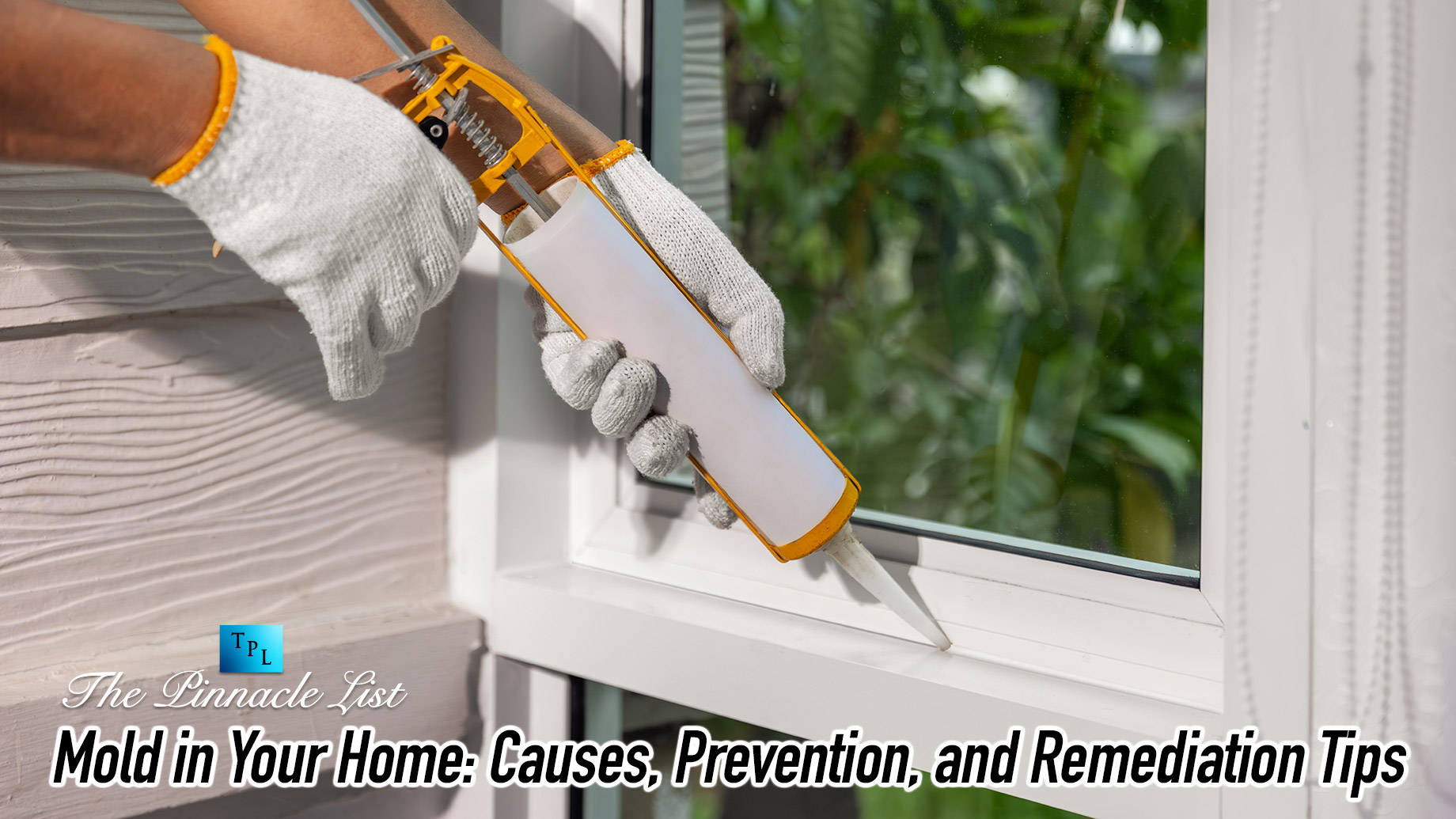
Mold is a common household problem that can lead to serious health issues and structural damage if not addressed promptly. Understanding the causes of mold, how to prevent it, and effective remediation strategies can help you maintain a safe and healthy living environment. This comprehensive guide provides insights into the various aspects of mold management to help you keep your home mold-free.
Causes of Mold in Your Home
Mold thrives in damp, warm, and humid environments. Several factors can contribute to mold growth in your home, including:
1. Moisture
Moisture is the primary factor that encourages mold growth. Leaky roofs, burst pipes, and plumbing issues can introduce excess moisture into your home. Even minor leaks, if left unchecked, can create the perfect environment for mold to flourish.
2. Humidity
High humidity levels provide an ideal condition for mold spores to settle and grow. Homes in humid climates or areas with poor ventilation are particularly susceptible to mold infestations. Indoor activities such as cooking, showering, and drying clothes can also increase indoor humidity.
3. Flooding
Flooding can cause significant water damage to your home, leading to extensive mold growth if not properly managed. Floodwaters can infiltrate walls, floors, and insulation, creating hidden pockets of moisture that foster mold growth.
4. Condensation
Condensation occurs when warm, moist air comes into contact with cool surfaces such as windows, walls, and pipes. This can lead to the accumulation of moisture, which can create a breeding ground for mold.
5. Poor Ventilation
Inadequate ventilation prevents moisture from escaping, leading to the buildup of humidity and condensation. Bathrooms, kitchens, and basements are particularly prone to mold growth due to insufficient ventilation.
Prevention Tips for Mold Growth
Preventing mold in your home requires proactive measures to control moisture and maintain a dry environment. Here are some effective prevention tips:
1. Control Humidity Levels
Keep indoor humidity levels below 60% to prevent mold growth. Use dehumidifiers and air conditioners to reduce humidity, especially in damp areas like basements and bathrooms. Ensure proper ventilation by using exhaust fans in kitchens and bathrooms.
2. Fix Leaks Promptly
Address any leaks in your roof, walls, or plumbing as soon as they are detected. Regularly inspect your home for signs of water damage, such as stains, discoloration, or warped surfaces. Fixing leaks promptly can prevent moisture buildup and reduce the risk of mold.
3. Improve Ventilation
Enhance ventilation in your home by opening windows and doors to allow fresh air to circulate. Use exhaust fans in high-moisture areas and consider installing ventilation systems to improve air flow. Proper ventilation helps to reduce humidity and prevent condensation.
4. Use Mold-Resistant Products
When renovating or building, consider using mold-resistant materials such as mold-resistant drywall and paint. These products are designed to withstand moisture and inhibit mold growth, providing an added layer of protection for your home.
5. Clean and Maintain
Regularly clean and maintain areas prone to moisture, such as bathrooms, kitchens, and basements. Use mold-killing cleaners to remove any visible mold and keep surfaces dry. Ensure that gutters and downspouts are clear and functioning properly to prevent water from entering your home.
Remediation Tips for Mold Infestations
If you discover mold in your home, it’s important to take immediate action to remediate the problem. Here are some effective mold remediation tips:
1. Assess the Extent of the Mold
Determine the extent of the mold infestation by inspecting the affected areas. If the mold covers a large area (greater than 10 square feet) or is hidden behind walls, ceilings, or floors, consider hiring a professional mold remediation service.
2. Wear Protective Gear
When dealing with mold, it’s important to protect yourself from exposure. Wear protective gear, including gloves, goggles, and an N95 respirator mask, to prevent inhaling mold spores and coming into direct contact with mold.
3. Contain the Mold
Contain the affected area to prevent the spread of mold spores to other parts of your home. Seal off the area with plastic sheeting and use a HEPA air purifier to capture airborne spores. Avoid using fans, as they can spread mold spores.
4. Remove Moldy Materials
Remove and discard moldy materials that cannot be effectively cleaned, such as porous items like drywall, insulation, and carpets. For non-porous surfaces, clean the mold with a mixture of water and detergent or a commercial mold cleaner.
5. Dry and Clean the Area
Thoroughly dry the area after cleaning to prevent mold from returning. Use fans, dehumidifiers, and ventilation to speed up the drying process. Once dry, clean the surfaces with a disinfectant to kill any remaining mold spores.
6. Prevent Future Mold Growth
After remediation, take steps to prevent future mold growth by addressing the underlying moisture issues. Monitor humidity levels, fix leaks promptly, and ensure proper ventilation to maintain a dry environment.
Conclusion
Mold can pose serious health risks and damage your home if not properly managed. By understanding the causes of mold, taking preventive measures, and effectively remediating mold infestations, you can maintain a safe and healthy living environment. Whether dealing with minor mold problems or extensive infestations, it’s important to act quickly and consider professional help when necessary through insurance restoration specialists. With the right approach, you can keep your home mold-free and protect your family’s health. Transform your living space with expert renovation services from NYCrestoration.com, where quality craftsmanship meets innovation in every project.